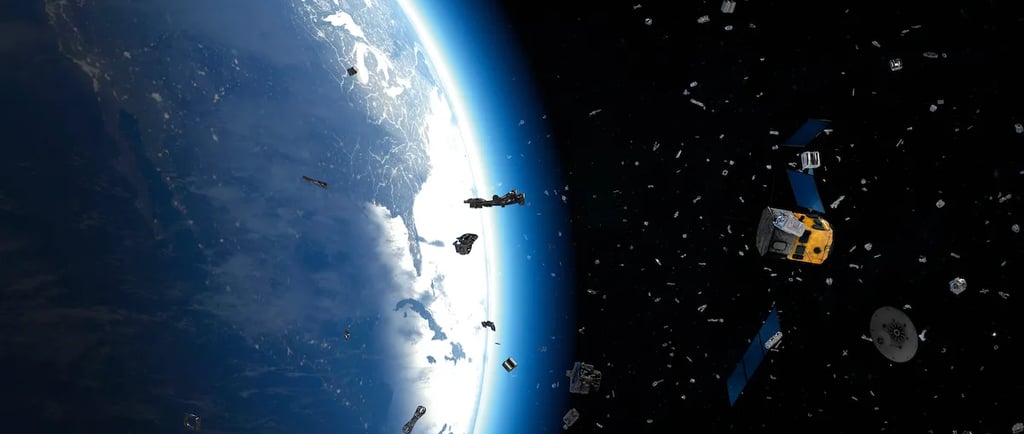The Aftermath of the Iridium 33 and Cosmos 2251 Collision


The Collision: An Overview
The collision between Iridium 33 and Cosmos 2251, which occurred on February 10, 2009, stands as the most severe accidental fragmentation incident recorded in the history of space activities. This catastrophic event produced more than 1,800 pieces of debris, each measuring approximately 10 centimeters or larger. The implications of this fragmentation are profound, underlining the increasing risks associated with space debris and the necessity for rigorous management strategies.
Implications of Space Debris
The generated debris represents a significant hazard to operational spacecraft and satellites. As of October 1, 2009, fewer than 60 cataloged pieces of debris had successfully reentered the Earth's atmosphere. This slow reentry rate emphasizes that many fragments from both Iridium 33 and Cosmos 2251 will continue to orbit the Earth well into the latter part of the 21st century.
If solar activity returns to normal levels, projections indicate that approximately half of the tracked debris will reenter the atmosphere within a mere five years. However, this refreshing return of debris is not sufficient to mitigate the burgeoning threat posed by future collisions.
The Future of Space Operations
The current collision rate, estimated at one significant event every five years, is likely to escalate unless proactive measures are taken to remove derelict spacecraft and spent launch vehicle stages from critical orbital zones. The danger of increased collision rates is not just theoretical; it is a real and pressing concern for the future of space exploration and satellite operations.
In order to safeguard against the dangers of space debris, it is crucial for space-faring nations and organizations to collaborate on innovative solutions and regulatory frameworks. These efforts are paramount to ensuring sustainable operations in Earth's orbit and maintaining the integrity of our orbital environment.
In conclusion, the Iridium 33 and Cosmos 2251 collision serves as a stark reminder of the complexities and responsibilities of space management. As we look to the future, addressing the challenges of space debris will require concerted efforts and a commitment to advancing our technologies and operational protocols. We must remain vigilant and proactive to prevent a cycle of collisions that could jeopardize both current operations and future endeavors in space.
